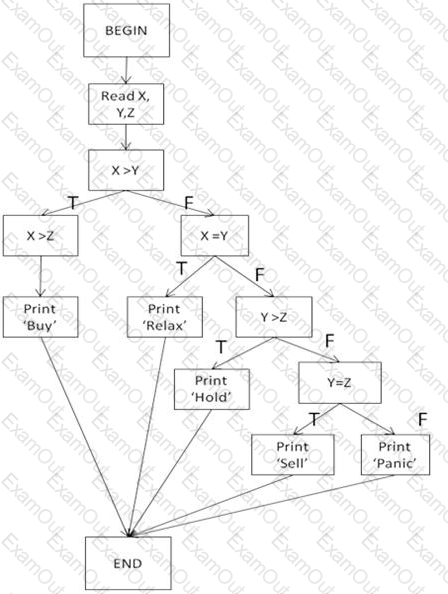Which of the following are valid test objectives?
(i)Finding defects.
(ii)Gaining confidence about the level of quality and providing information.
(iii)Preventing defects.
(iv)Debugging the code.
Which of the following statements about use-case testing are most accurate?
(i)In a use-case diagram an actor represents a type of user.
(ii)Use-cases are the most common test basis for unit testing.
(iii)A use-case describes interactions between actors.
(iv)An actor is always a human user that interacts with the system.
(v)Test cases can be based on use-case scenarios.
(vi)Use-case testing will often identify gaps not found by testing individual components.
What is static analysis?
What content would be in an incident report if that incident report was based on the IEEE 829 Standard for SoftwareTest Documentation?
(i)Identification of configuration items of the software or system.
(ii)Software or system lifecycle process in which the incident was observed.
(iii)Description of the anomaly to enable reproduction of the incident.
(iv)Number of occurrences of the incident.
(v)Classification of the cause of the incident for metrics and for reporting purposes.
Number of correct answers: 1
Which of the following would NOT be a typical target of testing support tools?
What is the main reason for using a pilot project to introduce a testing tool into an organization? [K1]
Which statement BEST describes when test planning should be performed? [K1]
The four test levels defined for a common V-model testing approach are:
Consider the following pseudo code:
1. Begin
2. Input X, Y
3. If X > Y
4. __Print (X, ‘is greater than’, Y)
5. Else
6. __Print (Y, is greater than or equal to’, X)
7. EndIf
8. End
What is the minimum number of test cases required to guarantee both 100% statement coverage and 100% decision coverage?
Which of the following test cases will ensure that the statement ‘Print ‘Hold’’ is exercised? [K3]
Refer to the exhibit


